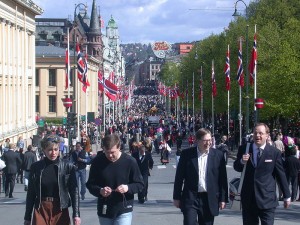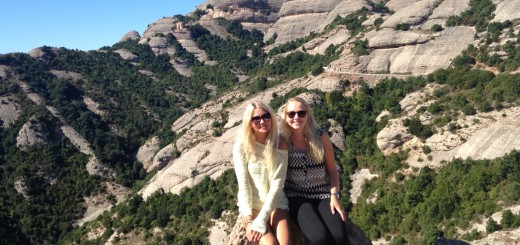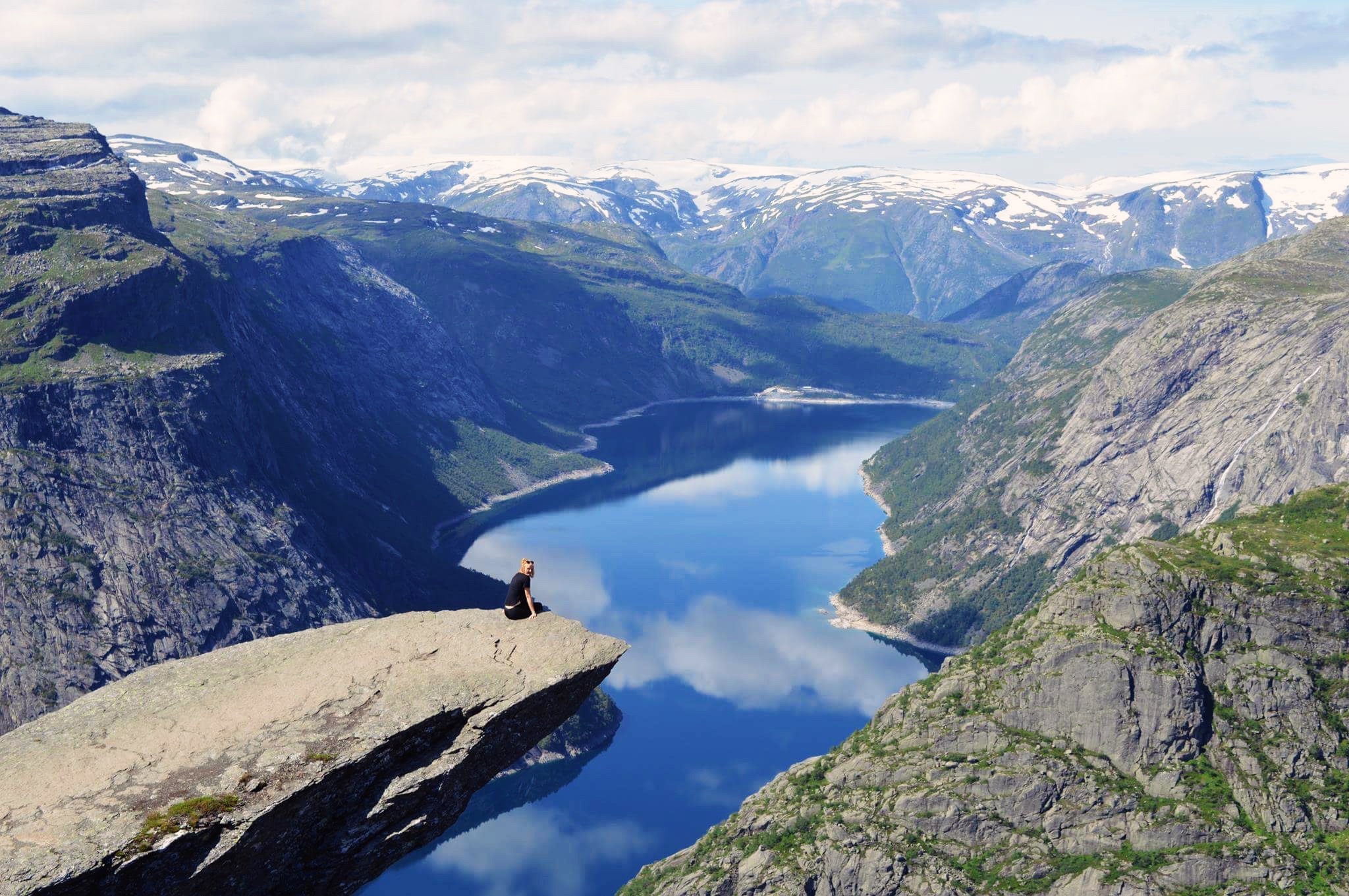Money-saving tips for living in Oslo

Image: Oslo-karljohan by Daniel78 (Wikimedia commons)
Although Oslo has the dubious honor of being the world’s second-most expensive city according to Expatistan, it is possible to minimize the damage to your wallet while making the most of all that Oslo has to offer.
Transportation
Walk!
One of the easiest ways to save money is to just walk to your destination instead of taking any form of public transportation. The city centre of Oslo is relatively small and especially if you’re living in central Oslo you can reach many attractions simply by walking.
Avoid taxis
If you don’t like walking, public transportation is still the cheapest way to move around the city. Public transport is pretty easy to use in Oslo so you shouldn’t feel the need to take a taxi. They are overly expensive so try to avoid them.
Travelcard
If you have to make regular use of public transportation, it is wise to get the Ruter Travelcard (Reisekortet). This card allows you to load it with credit, or to buy a set of tickets and store them on the card. The 30-day ticket is the best value for money as it allows 30 days of unlimited travel (within your zone) for a fixed amount.
To save money, make sure you always have tickets or credit available on your card because buying a ticket on board will cost you considerably more.
In Norway there are discounts available for children, seniors and students. For example, as a student under 30 you are entitled to a 40% discount on your 30-day ticket.
Food & drink
Learn to cook
Food in Norway can be quite expensive. In general you will save a lot of money if you just prepare dinner at home, especially when you know where to buy your groceries.
Like in most other countries, some grocery stores are more expensive than others. The low price grocery stores in Oslo are called Rema 1000, KIWI and RIMI and you can find them spread out all over the city.
To save even more kroner, you can buy cheap fruit and vegetables from the markets, many of which are located in the Grønland area.
Try to avoid buying food at convenience stores such as 7-Eleven. They have a wide selection, but are significantly more expensive than supermarkets.
Dining out will be a treat rather than a habit if you choose to live in Norway. If you want to eat in a restaurant, the most reasonably priced places tend to be the Indian, Thai, and Vietnamese restaurants near Youngstorget, a downtown square, and in the immigrant neighborhoods of Grønland and Tøyen.
Drink water from the tap!
Tap water in Norway is very drinkable and of good quality. Therefore you can safely (and cheaply) drink water from the tap instead of buying expensive bottled water from the stores.
Be aware of alcohol
Alcohol is extremely expensive in Norway. The cheapest beer in the supermarket is about €3 while the cheapest beer in a pub or bar is about €8. So expats should stock up when they travel outside of Norway, or buy it from the Duty Free shops at the airport. However, if you’re coming from abroad make sure you don’t bring more than you are allowed to.
When you forget to buy your alcohol at the airport, buying it in grocery stores is the cheapest option. However, it can be a bit difficult to get used to the fact the sale of alcoholic drinks stops at 20:00 on weekdays and at 18:00 on Saturdays, although the grocery stores themselves are open longer.
After these closing times, the shops cover the drinks behind big curtains and purchasing alcohol is no longer possible. This is part of the strict alcohol policy of Norway and it can take a little while to get used to if you’re coming from other regions of Europe where laws are more relaxed.
Luckily you can always get a drink at one of the many bars and clubs. Opening hours at clubs and bars are usually between 09:00 PM to 03:00-03:30 AM at the weekends.
Things to do
Visit free attractions
To save money you can visit the free tourist attractions. Many of the Oslo tourist sites such as Vigeland Park, The New Opera and the Medieval Park are actually free of charge.
Some museums also have free admission on certain days and a walk in the beautiful Norwegian countryside shouldn’t cost you anything either.
Buy the Oslo Pass
When you first move to Oslo and want to get to know the city, or if you have friends visiting, consider buying an Oslo Pass. The Oslo Pass gives you free entry to more than 30 museums and attractions and free travel on all public transport, and even discounts in many restaurants. You can buy a pass valid for 24, 48 or 72 hours.
To make sure that you use your Oslo pass to the fullest, try to plan your visits to the free attractions on another day.
Accommodation
The apartment search in Norway’s capital can be quite a drag for expats. Not only is the real estate market highly competitive, rental prices are also exceptionally high. As is the case in a lot of cities, Oslo’s east-side is a cheaper area to live in. To save money on accommodation, you should start your search in these cheaper areas in the east of Oslo:
Grønland, almost a continuation of the city centre these days, offers the best value close to the city, both in terms of lower accommodation costs and cheaper shops and restaurants, the majority of which are ethnically influenced. Many smaller apartments and studios are available throughout the area.
Grünerløkka is the trendy hipster hangout with cafes, bars and boutiques on every corner.
Tøyen is a popular choice with young professionals as it’s close enough to walk into the city centre (via Grønland or Grünerløkka) yet offers the best value in the area. Slightly eastwards and heading away from the city centre, Kampen is a pretty neighbourhood with more of a family atmosphere.
If you have any money saving tips for living in Oslo let us know in the comments below!




